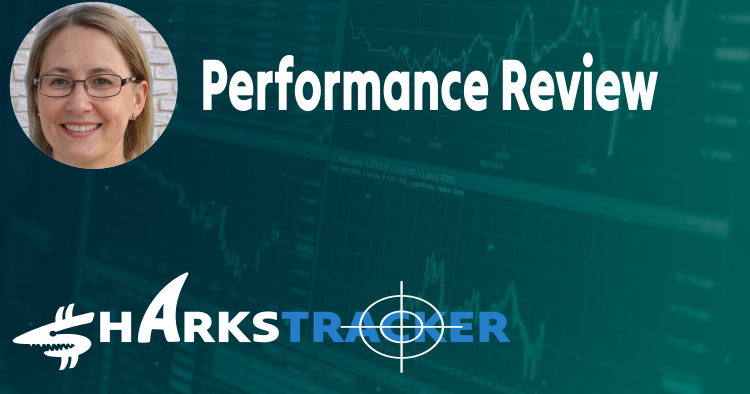Phillips 66: Refining Success and Market Outlook
2023-07-30
The company's earnings call meeting revolved around discussions regarding the optimization of their business support model, streamlining processes, and eliminating unnecessary work. One of the most interesting topics discussed was the company's refining profitability and the factors influencing crude differentials. Brian Mandell, the executive vice president of marketing and commercial, highlighted the company's achievement of a $400 million-plus run rate in refining, which was a significant area of investment for the company. This success was attributed to various factors, including organizational work, centralization of activities, standardization and simplification of processes, and optimization of the overall business support model.
Mandell also emphasized the importance of crude differentials in determining refining profitability. He explained that sour crude differentials had been strong since the beginning of the year due to factors such as new refinery capacity in China and Kuwait, new U.S. refinery additions on the Gulf Coast, an unexpected OPEC cut of 1.1 million barrels, a strong Chinese economy, and a shortage of sour barrels in the market. However, he noted that the market had recently started to weaken.

The company's market outlook appeared positive based on strong earnings in the marketing segment, particularly in retail. The company had significantly expanded its retail presence and was performing well in the lubes business. The drop in crude prices benefited the refining side of the business, although there may have been a working capital impact due to declining prices. Overall, the company was well-positioned in the market.
The key drivers of the business were identified as marketing, refining, and working capital. The company focused on higher-margin sales in the retail sector and had been expanding its retail presence. In the refining sector, the company benefited from a drop in crude prices, which reduced secondary product losses and tightened up refining margins. However, declining prices negatively impacted the company's working capital, as they were in a net payables position. Other factors such as reliability, capture rates, and cost-cutting progress also contributed to the overall earnings power and trend of the business.
During the meeting, several key performance indicators (KPIs) were discussed. The capture rate, which measured the company's ability to convert potential customers into actual customers, was highlighted as a crucial KPI. Cost-cutting progress was another significant KPI, evaluating the company's efforts to reduce expenses and improve efficiency. Reliability programs aimed at improving the performance of assets and equipment were also discussed, along with asset availability, which measured the operational availability of the company's assets. Turnaround execution, cost reduction efforts, business transformation, deal demand, and gasoline demand were also mentioned as important KPIs.
Based on the information provided, the company's outlook for the quarter/year was not explicitly mentioned. However, their strong financial and operating results in the first quarter, along with their successful execution of major planned maintenance and high utilization of refineries, suggested a positive outlook. Additionally, their commitment to returning cash to shareholders, investing in attractive projects, and maintaining operating excellence and disciplined capital allocation further indicated a positive outlook for the company.
The company's renewable diesel project at the Rodeo facility was making good progress, despite the shutdown of the Santa Maria facility. The team was working through weather challenges and expected the project to be operational in the first quarter of the following year. Unit 250, which had been producing renewable diesel since April 2021, exceeded operating and commercial expectations. Margins at Unit 250 were better than anticipated, and the company had been blending different feedstocks at the plant. Most of the production was being sold through branded and retail outlets directly to the end consumer.
In conclusion, the company's earnings call meeting provided insights into their efforts to optimize their business support model, streamline processes, and eliminate unnecessary work. The refining profitability and factors influencing crude differentials were key topics of interest, highlighting the company's success in refining and the importance of sour crude differentials. The market outlook appeared positive, driven by strong earnings in the marketing segment and the company's well-positioned position. Key performance indicators reflected the company's performance, efficiency, reliability, and cost management. Overall, the meeting provided a comprehensive overview of the company's financial and operational performance.

